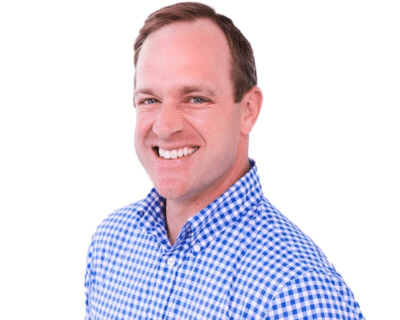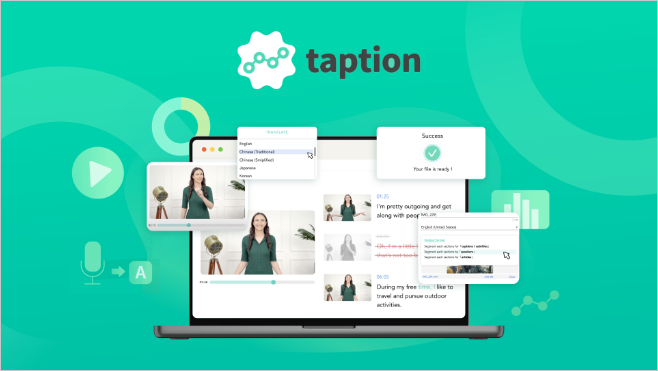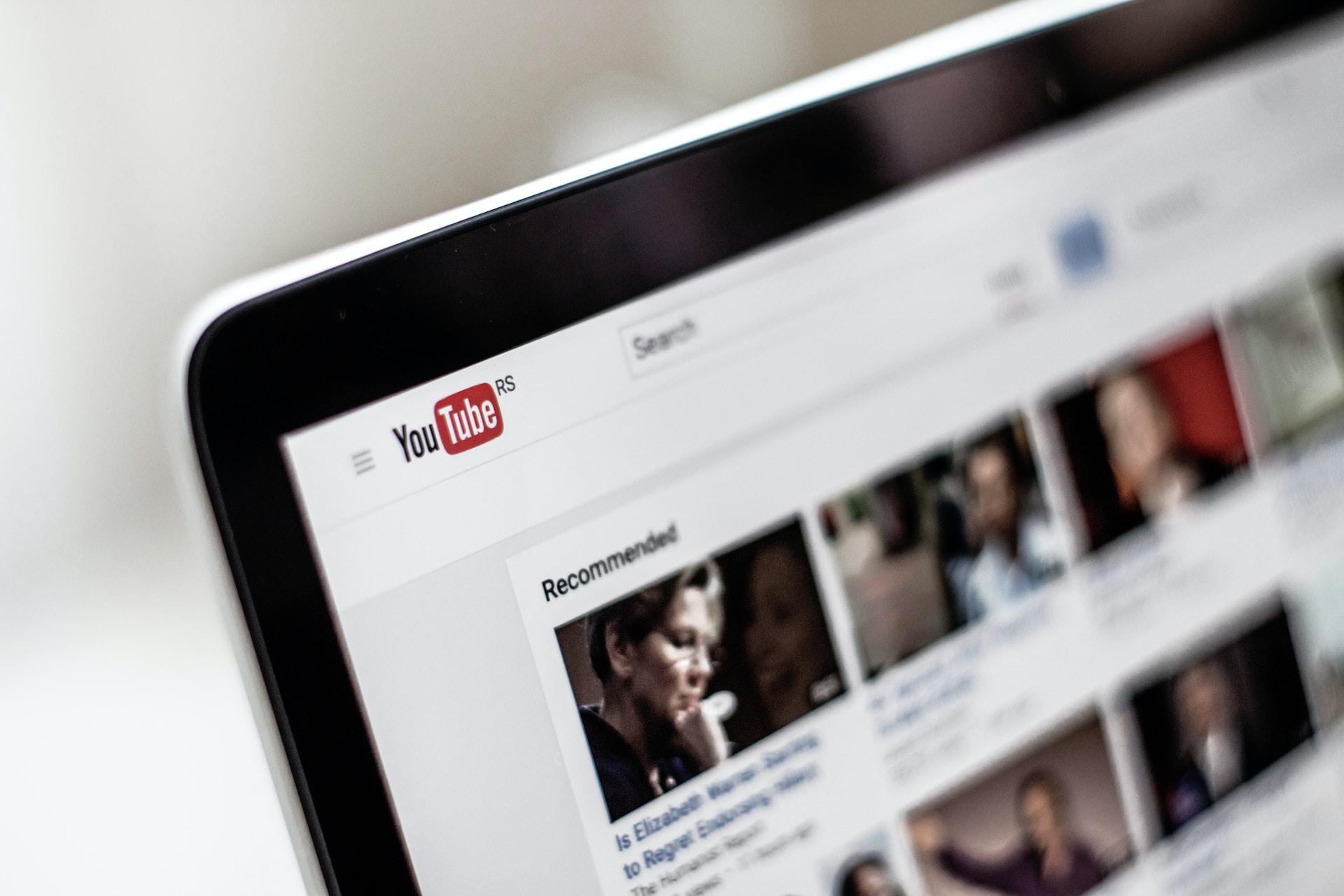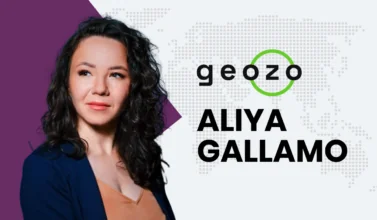Having a master’s degree in accounting and being an attorney by vocation, what led you to start working in the digital media publishing industry?
I have always been fascinated by behavioral economics and, in turn, how advertising influences people. In addition, I appreciate technology and have been intrigued with how quickly the internet changed almost every part of our lives, so the chance to get involved in such a fast-changing industry that touches on all of these areas of interest was a perfect fit.
How did this lead you to join Freestar? And what has your experience been like since joining the team as president and CEO?
After spending a number of years at an online publisher that also represented other websites, I came to really appreciate the monetization as a managed service model, particularly as programmatic advertising became both increasingly complex and a larger part of the overall advertising mix. Several years ago, I was introduced to Freestar’s co-founders, David Freedman and Chris Stark, and was incredibly impressed with their laser focus on programmatic and their approach of putting the publisher first in all aspects of the business. While I almost joined Freestar in 2017 during the company’s early startup stage, I pivoted and instead chose to help a yoga company become the first publicly-traded boutique fitness company with its IPO. During that time, I stayed in touch with Freestar’s co-founders who continued to deliver on their promises and truly helped usher header bidding into the mainstream. In 2018, I became a part of the Freestar team, helping to lead the day-to-day and build upon the foundation David and Chris set out.
Since joining Freestar, the experience has been nothing short of incredible. We have certainly received some noteworthy accolades, including being named the No. 1 fastest growing private company in the U.S. on the Inc. 5000 list, but I am most proud of the team we have built. In 2019 alone, we hired 30 new employees, and today, we have amassed a group of 50 of the most talented and passionate individuals I have ever had the opportunity to work with. Our ability to accomplish anything we put our minds to never ceases to amaze me. While there have been many challenges along the way, I can confidently say that my first year at Freestar has been the most fulfilling of my career.
What does a typical day look like for you?
There is no such thing as a typical day as each one presents new challenges and opportunities. Given the size of the team at Freestar, I have my hand in many facets of the business. In addition to working on our corporate strategy and building partnerships with our vendors and clients, I am still hands-on in other functions, as well. As a result, I am constantly switching gears depending on the needs of the day. In general, I tend to divide my time between our Phoenix headquarters and traveling to meet with our partners and remote team members.
What does your work setup look like? (your apps, productivity tools, etc.)
As a PC, Microsoft Office tools and Android phone user, I am a bit of an outlier in my office and, therefore, rely heavily on the Google ecosystem to interact with my team. Specifically, I use Google Keep for task management purposes. As a company, we utilize Slack in a number of different ways and have built out a fairly robust HubSpot setup.
What’s the problem that you’re passionately tackling with Freestar at the moment?
Over the past year, we have been working hard on our mobile app monetization platform, and I am currently focused on bringing that offering out of beta. I also spend a majority of my time on our long-term data strategy and how we can use it to build the ideal ad stack for each of our publishers. In the midst of those projects, I remain dedicated to helping acquire the most exceptional talent in the industry.
What insights and techstack is essential to ensure that a publisher can run their own in-house programmatic advertising?
One key feature of our offering is an aggregated, real-time dashboard that allows a publisher to get a live snapshot of the monetization of their website from the 20 or 30 different demand partners we bring to the table. Though it seems like a unified dashboard would be considered table stakes in today’s industry, it is a vital offering for the success of publishers, as many spend hours each week logging into dozens of disparate dashboards trying to piece together a full view of their monetization. The other part of the tech stack that has become increasingly important is the ability to have different demand sources connected server-side vs. client-side to allow additional auction competition without adding extra weight to the page.
What do you see the future of digital media publishing will look like with the end of third-party cookies?
While I don’t think anyone knows exactly how it will shake out, I don’t foresee a future where contextual targeting alone regains prominence. There are simply too many dollars involved and advertisers have seen the value of targeting for too long to revert to contextual targeting. I believe the ultimate solution will be a product similar to the Google Privacy Sandbox — one that gives users the illusion of privacy and choice and a fairly granular level of targeting, blurring the lines between targeting on a one-to-one level and a one-to-many level.
Content from our partners
Do you have any tips or advice in establishing effective ad tech companies with or without investment?
It’s important to remember to focus on the truly profitable revenue as not all revenue is equal. I believe the days of growth just for the sake of it are paving way to more of a focus on actual profitability. That said, it’s critical to ensure you are building a solid and sustainable business that doesn’t require a lot of additional investment. Freestar has been almost entirely bootstrapped. This has helped us focus on running a really strong and profitable business versus clouding judgment by growing as quickly as possible to secure the next round of funding.












